#gothic nature
Text

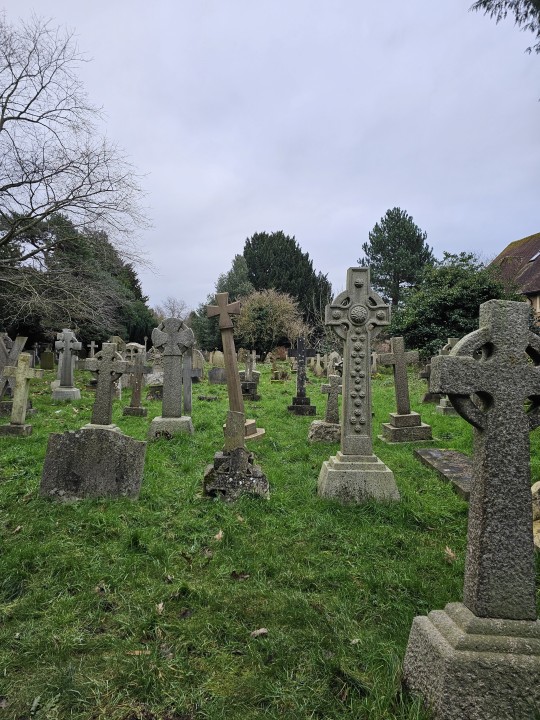



Holywell Cemetery, Oxford.
#holywell#holywell Cemetery#oxford#oxfordshire#cemetery#old cemetery#history#gothic#gothic academia#dark academism#light academia#academia#dark academia#urban gothic#gothic nature#rural gothic#graveyard#graves#eerie#aesthetic#creepy#dark
104 notes
·
View notes
Text


my insta
#nature#naturecore#forest#forestcore#weirdcore#goblincore#fairytalecore#forest spirit#rural#lost places#gothic#witchyvibes#swamp witch#Swamp#marshland#wetlands#dark forest#dark aesthetic#nature photography#mushrooms#mossy woods#moss#lichen#rural gothic#Gothic nature#Gothic forest#pagan#witchcore#witchythings#Rotten tree
150 notes
·
View notes
Text
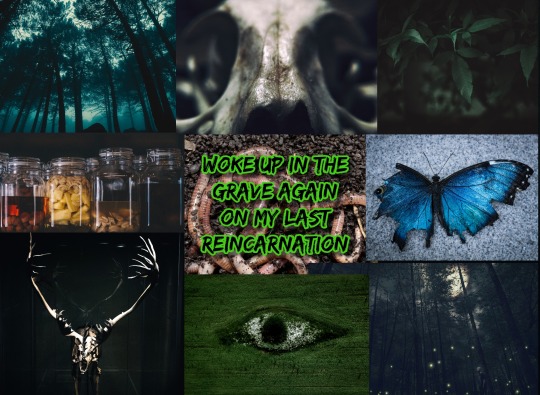
Cat's eyes and rosebuds
#lgm#little green moss#projects#moodboards#horror#horrorcore#surreal#surrealcore#dark#gothic#nature gothic#gothic nature#dark cottagecore#occult#wiccan#horror books#books#lyrics#cat's eyes and rosebuds#so much light#nature horror#myart
35 notes
·
View notes
Text
American/Midwestern Gothic and Alice Isn’t Dead
(*I wrote the following essay for a college class in April 2023, but in doing so discovered to my disappointment that there wasn’t much writing on Alice Isn’t Dead! So I'd like to contribute this.)
Tracing the Gothic to New Mediums & Subgenres – a case for Alice Isn’t Dead
The Proposal:
“America has weird things in it. It has so many miles, so much space to put the weirdness in.” - Alice Isn’t Dead, Part 1: Chapter 10
One of the strengths of [this course*] is in how it traces gothic tropes from its historic roots to contemporary variations, like Parasite being called “Neo-Gothic” or Get Out “Post-Racial Gothic”: in doing so, the course argues for the relevance and importance of the genre’s history, lineage, and permutations, which also facilitates a discussion of what factors contribute to such differences. I propose tracing yet another modern branch of the genre to that of “American gothic,” or specifically “midwestern gothic,” which would enable a focus on how the gothic genre was adapted to address regional-specific settings, histories, and anxieties, such as the different facets of the American experience. Allan Lloyd-Smith writes in American Gothic Fiction: An Introduction about how the “frontier experience, with its inherent solitude and potential violence” especially shaped the midwestern iteration of American gothic; this framework still holds for modern stories confronting endless flatness, nowhere towns, the destructive force of capitalism on communities (4). The medium of audio drama also provides new ways to think about framing, point of view, and immersive storytelling.
Synopsis:
Alice Isn’t Dead is an audio fiction podcast which follows a Black lesbian truck driver, Keisha, as she drives across America in search of her missing wife, Alice, whom she had long presumed dead. On her harrowing road trip, she deals with grief, anxiety, and depression, comments on aspects of American culture she encounters on his travels, and encounters supernatural phenomenon and larger conspiracies—such as regarding a group of dangerous creatures called the “Thistle Men,” a factory owner who ages a whole lifetime before her eyes, a day in which her straight drive passes through the same town over and over, and billboards that seem to speak to her directly, to name some examples from the first episodes.
The series, written by Joseph Fink and voice acted by Jasika Nicole, is composed of 30 episodes total of about 25 minutes each. The show’s format is that Keisha makes audio recordings on the road, either as a diary of her thoughts, speaking directly to Alice, recording live events, or recounting events after they happened.
(More) Key Terms:
The style often “intercuts” a longer, dramatic narrative of what has just happened to Keisha (more plot-focused sections) with shorter observations or memories she speaks aloud in the present (more thematic). Intercutting, or cross-cutting, is a narrative technique used in Alice Isn’t Dead to build tension by cutting between scenes with differing intensity levels or stakes, highlight connections between seemingly unrelated characters or events, or help maintain narrative momentum (Chen).
Liminal: “characterized by being on a boundary or threshold, esp. by being transitional or intermediate between two states, situations, etc.” (OED). We see liminality in Alice’s status between being “dead” and being “found,” in the road between towns, in the towns that themselves are only a bathroom stop on the way to the next destination, the destinations that themselves are only one of many stops.
Rationality and Irrationality: Although we also see Jonathan Harker’s attempts to rationalize events through his journals in Dracula, Lloyd-Smith writes in particular about the influence of Enlightenment era thinking on American literature in the idea of trying to rationalize the irrational, which is amplified by Keisha’s contemporary first-person narration in trying to comprehend the seemingly impossible things she witnesses (95). In episode 10, Keisha prefaces her story with: “I can’t drive while I tell this. Too much to say. I’m going to tell it all Alice. Even the parts you know. I’m going to describe the shape of the monster that is devouring me” (Fink).
Lloyd-Smith describes “frontier gothic” or “gothic nature” as “a terror of the land itself, its emptiness, its implacability; simply a sense of its vast, lonely, and possibly hostile space” (93). In the Part 1 finale, one of the Thistle Men says: “America. A country defined as much by distance as culture. America embraces its distances. Empty spaces and road trips, but there is always a price. We are that price. We are creatures of the road. We feed on distance, on road trips, on emptiness, bodies by the side of the highway” (Fink).
Uncanny refers to an unsettling kind of strange or mysterious, which is a perfect way to describe the revulsion one feels from the odd behavior of the Thistle Men, even without directly witnessing their acts of violence. “Every one of them was like the Thistle man. All of them. Loose skinned, odd movements…none of them spoke, although sometimes one would laugh, long and loud, and then return to monastic silence” (Fink). Getting at the German root of the word, “unheimlich,” Lloyd-Smith elaborates: “it can be understood as equivalent to the ‘domestic terror’ which so aptly describes much of the work of American Gothicists… The house, not the castle, becomes the site of trauma” (75). When Keisha temporarily gives up on her journey, overwhelmed by all she has been through, the Thistle Men follow her home and cause intense paranoia, which ultimately drives her to flee her house and take to the road again.
Works Cited
Chen, Jeff. “Intercut: Everything You Need to Know.” NFI, 14 Mar. 2021, https://www.nfi.edu/intercut/.
Fink, Joseph. Alice Isn’t Dead.
"liminal, adj." OED Online, Oxford University Press, March 2023, www.oed.com/view/Entry/108471. Accessed 19 April 2023.
Lloyd Smith, Allan. American Gothic Fiction: An Introduction. Continuum, 2004.
#gothic#american gothic#midwestern gothic#Alice isn't dead#audio drama#audio fiction#liminality#uncanny#frontier gothic#gothic nature#intercutting#cross cutting#Joseph fink#Allan Lloyd-smith#night vale presents
5 notes
·
View notes
Text
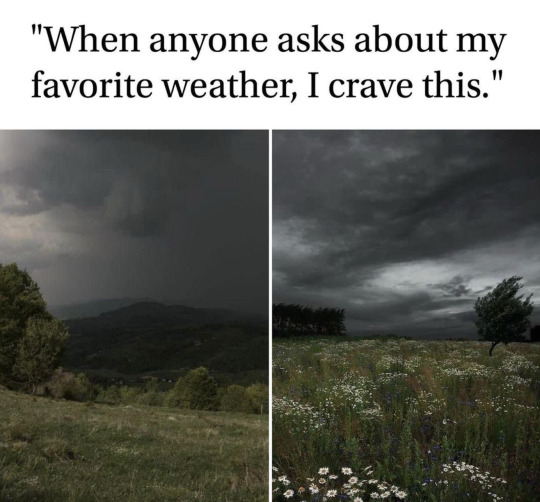
#funny#lol#haha#humor#meme#memes#goth#gothic#landscape#paradise#nature#adventure#explore#travel#travelling#photography#naturecore#cottagecore#dark academia#light academia#cozy#cozycore#rain#spooky
33K notes
·
View notes
Text
Follow me for more ❤️
Click Here For Box Wars 🦘
#nostalgia#memes#meme#cooking#cute#jokes#anthropology#animals#pets#cat on tumblr#wholesome#lol#haha#funny#cats#news#nature#humor#puns#comedy#artists on tumblr#art#photography#photographers on tumblr#aesthetic#kawaii#gothic#goth#love#dankest memes
16K notes
·
View notes
Text



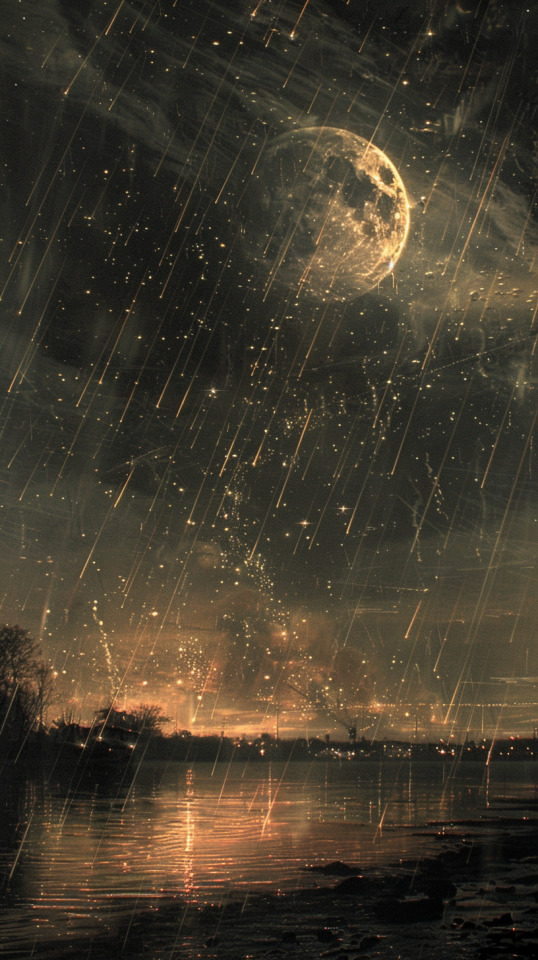


more wallpapers since you guys seemed to like the last set xx
enjoy
#landscape#paradise#nature#adventure#explore#travel#travelling#photography#naturecore#cottagecore#goth#gothic#photographers on tumblr#aesthetic#mooncore#full moon#moonchild#oceancore#ocean#rain#raining#witchy#witchcore#moon phases#ai concepts#wallpaper#lockscreen#phone lockscreen#phone wallpapers#phone wallpaper
13K notes
·
View notes
Text






#landsccape#paradise#nature#adventure#explore#travel#travelling#inspiration#motivation#photography#aesthetic#cottagecore#naturecore#flowercore#flowers#chaotic academia#dark academia aesthetic#photographers on tumblr#architecture#gothic architecture#farmcore#artists on tumblr#curators on tumblr#cottage witch#cottage garden#country cottage#cozycore#landscape#art#home decor
12K notes
·
View notes
Text




#landsccape#paradise#nature#adventure#explore#travel#travelling#cottagecore#naturecore#photography#aesthetic#landscape#garden#gardencore#cottage garden#cottage witch#country cottage#flowercore#flowers#flower#farmcore#curators on tumblr#photographers on tumblr#dark acadamia aesthetic#gothic#gothic architecture#architecture#mountains#inspiration#motivation
8K notes
·
View notes
Text

Moon bridge
#architecture#goth#gothic#moon#full moon#cottagecore#naturecore#landscape#paradise#nature#adventure#explore#travel#travelling#photography#photographers on tumblr#aesthetic#china#dark academia#light academia#chaos academia
8K notes
·
View notes
Text

#dark#night#dark photography#night photographer#night photography#dark nature#woods#gothic nature#eerie#aesthetic#creepy#horror aesthetic#creepy nature#eerie nature#liminal
9 notes
·
View notes
Text

What's that over there?...
1 note
·
View note
Text
I BOUGHT THIS MOON LAMP LAST WEEK AND TODAY I RECEIVED THE PACKAGE AND LOOK AT IT!!! THE BEST PURCHASE OF 2024 SO FAR!

**For the people asking I bought it HERE
#art#design#dark academia#light academia#photography#nature#naturecore#landscape#paradise#adventure#explore#travel#travelling#witchcore#witchblr#funny#lol#haha#humor#meme#memes#space#astrology#witches#witchcraft#wicca#goth#gothic#moon#full moon
5K notes
·
View notes
Text

by Ida Lissner
#whimsigoth#witchy#esoteric#moodyvibes#whimiscal#whimsicore#dreamcore#fairy girl#fairycore#nature#witch aesthetic#witchcore#witchy vibes#goth vibes#gothic#goth art#celestial#digital painting#gothcore#goth aesthetic#pagan witch#witchblr
9K notes
·
View notes
Text
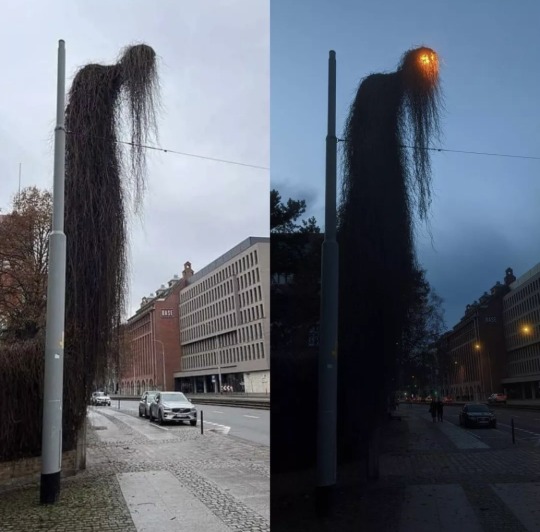
An overgrown light pole in Poland
#stinkiy#overgrown#creepy#gothic#gothgoth#gothstyle#alternative goth#goth#goth aesthetic#goth core#gothcore#goth scene#overgrown light pole#poland#horror#scary stuff#scary#monster#urban nature#street lights#concept art#photography
14K notes
·
View notes



